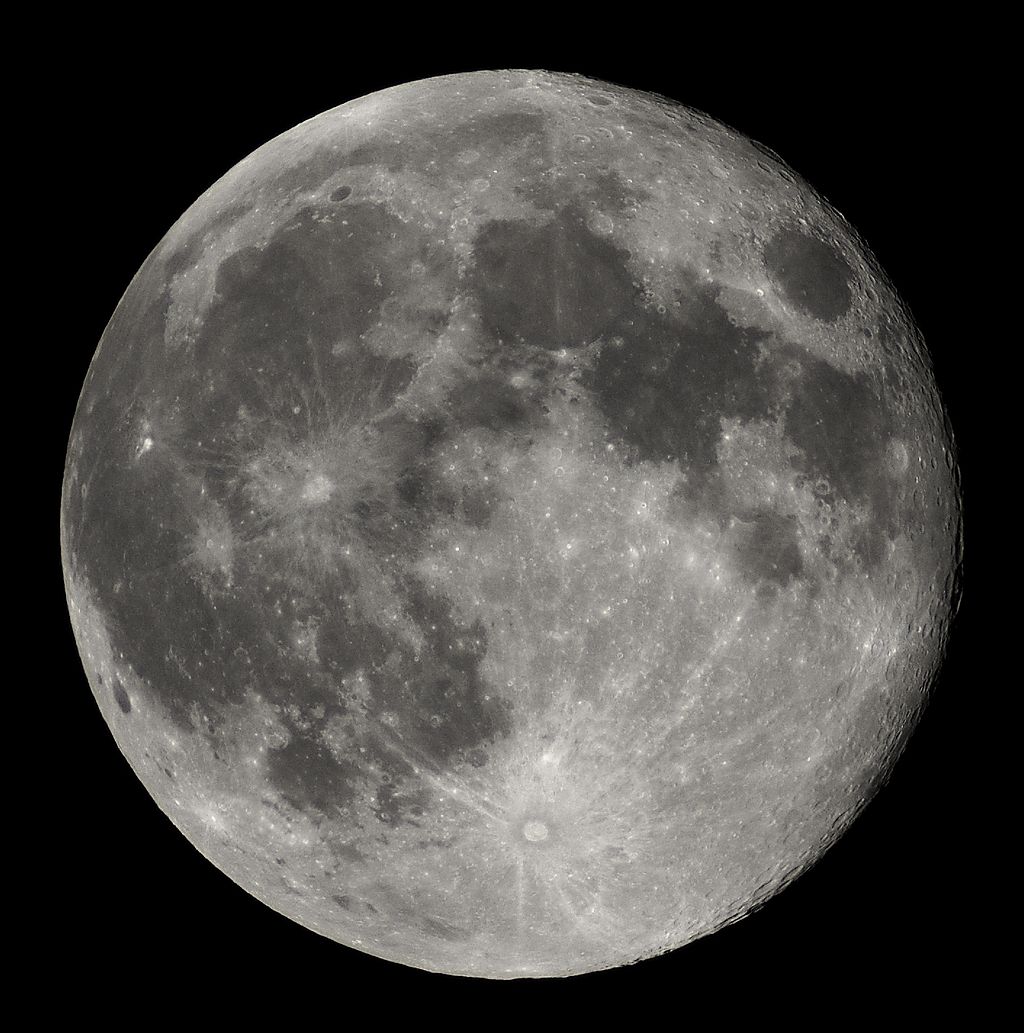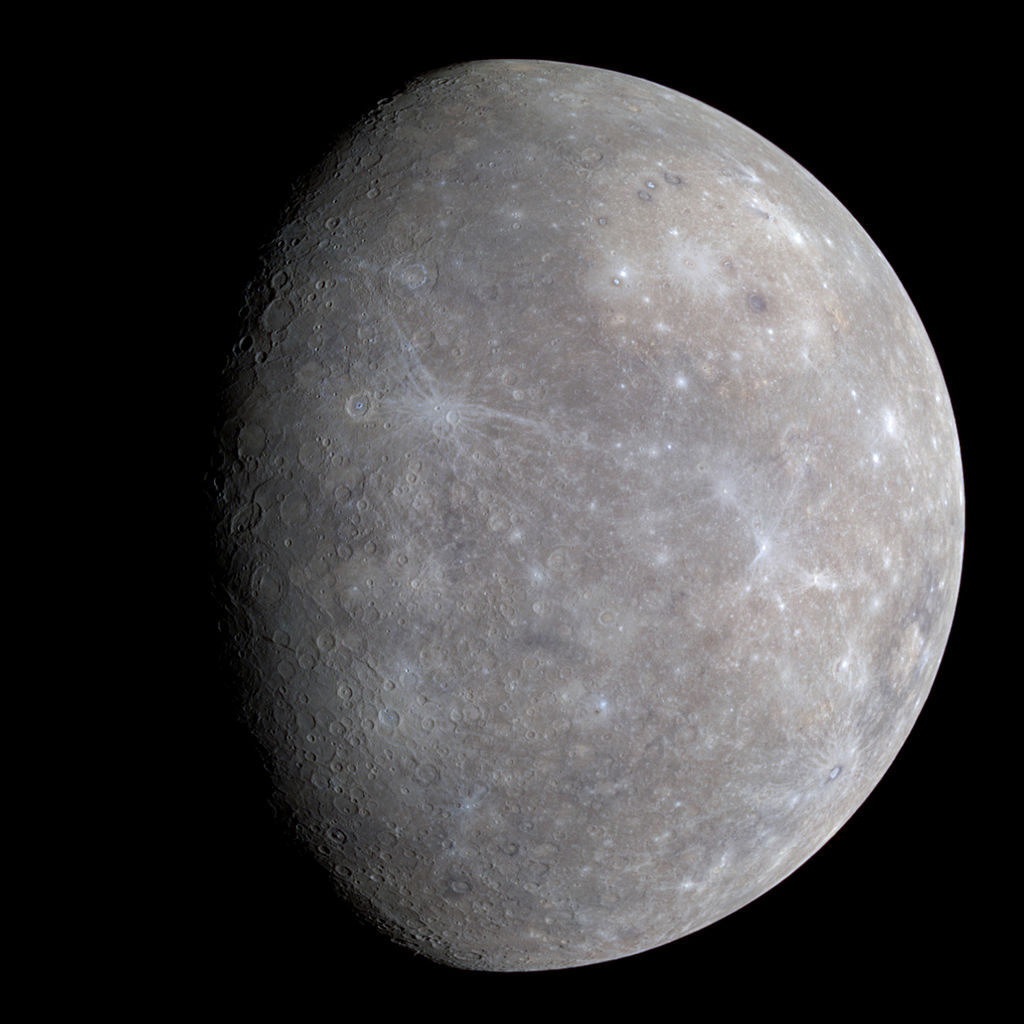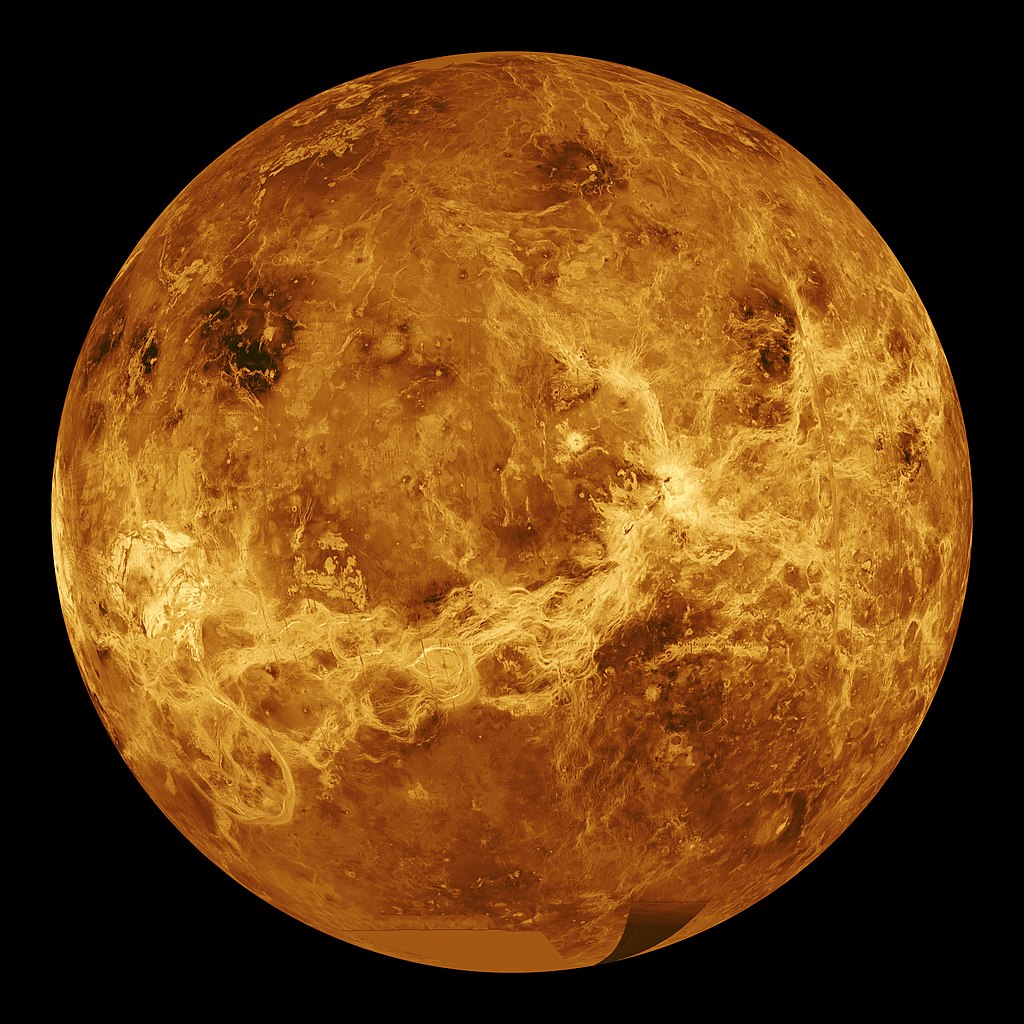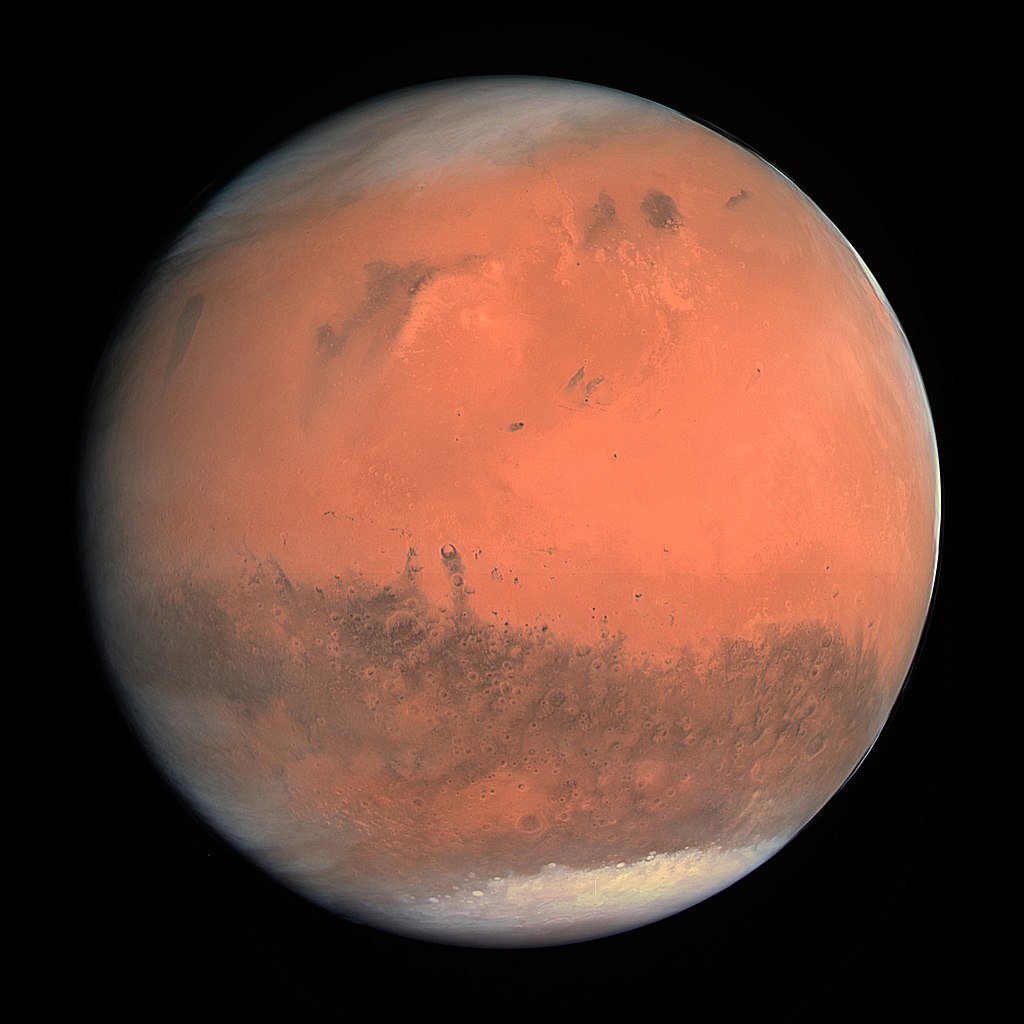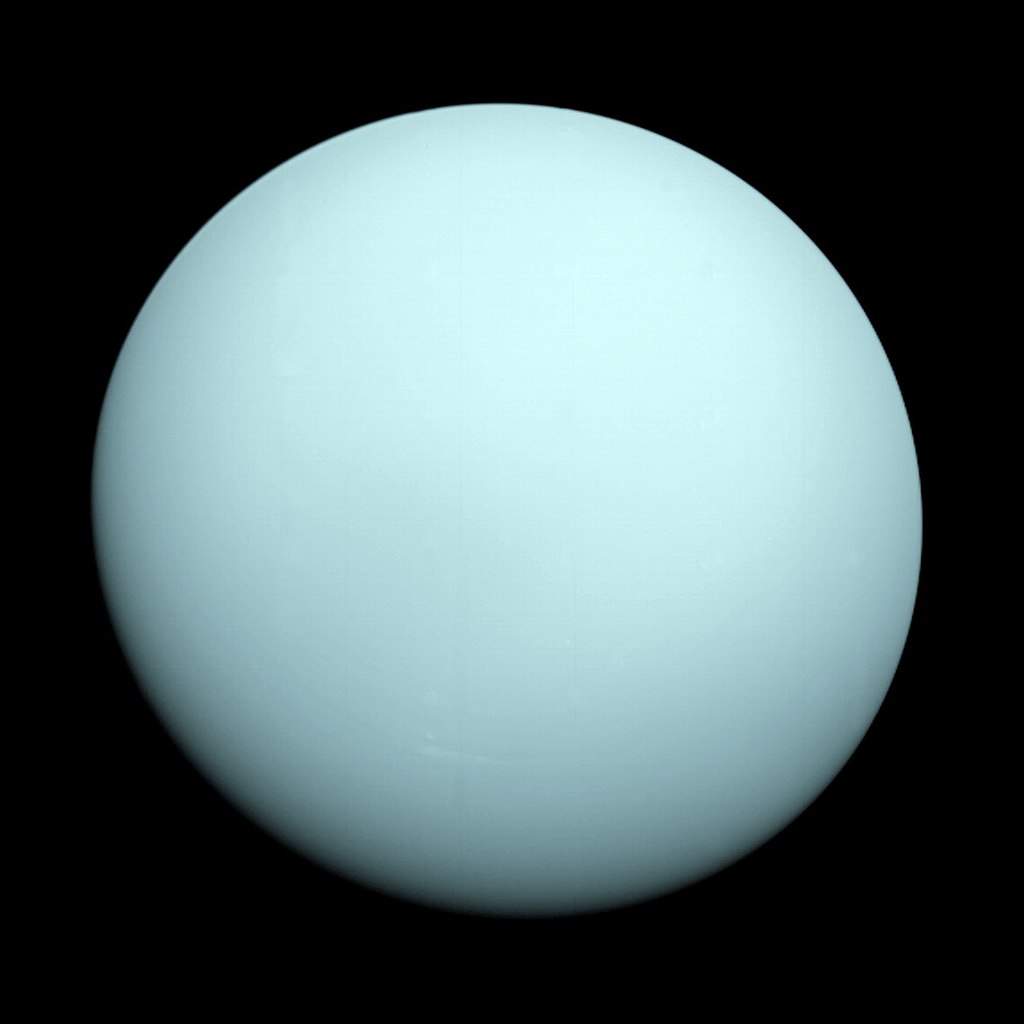Classical planets
Q W E R T Y U
Q Sun
Ruler of: g Leo
Exalted in: a Aries
Keyword: I am
Influences: Ego, Self expression, Basic personality, Main concerns, Consciousness, Vitality, Stamina, Masculine
Time to Transit Between Signs: 30 Days
Part of body: heart, circulatory system, the thymus, immune system, bones
Day of week: Sunday
Sun is usually thought to represent the conscious ego, the self and its expression, personal power, pride and authority, leadership qualities and the principles of creativity, spontaneity, health and vitality, the sum of which is named the "life force".
W Moon
Ruler of: f Cancer
Exalted in: s Taurus
Keyword: I feel
Influences: Emotions, Instincts, Unconsciousness, Habits, Moods, Feminine
Time to Transit Between Signs: 2-3 hours
Part of body: digestive system, stomach, Breasts, the ovaries and menstruation, the pancreas
Day of week: Monday
Moon is associated with a person's intuition, emotional make-up, unconscious habits, rhythms, memories, moods, femininity and their ability to react and adapt to those around them. It is associated for some with the mother, maternal instincts or the urge to nurture, the home, the need for security and the past, especially early experiences and childhood.
E Mercury
Ruler of: d Gemini, j Virgo
Exalted in: j Virgo
Keyword: I think
Influences: Mind, Communication, Perception, Intellect, Reason, Language, Intelligence
Time to Transit Between Signs: 7-8 days
Part of body: nervous system, the brain, the respiratory system, the thyroid and the sense organs
Day of week: Wednesday
Mercury represents the principles of communication, mentality, thinking patterns, rationality/reasoning, adaptability and variability. Mercury governs schooling and education, the immediate environment of neighbors, siblings and cousins, transport over short distances, messages and forms of communication such as post, email and telephone, newspapers, journalism and writing, information gathering skills and physical dexterity.
R Venus
Ruler of: s Taurus, j Libra
Exalted in: c Pisces
Keyword: I love
Influences: Attraction, Love, Relationships, Art, Beauty, Harmony, Pasive
Time to Transit Between Signs: 18-19 days
Part of body: reproductive system, lumbar region, the veins, parathyroids, throat and kidneys
Day of week: Friday
Venus is associated with the principles of harmony, beauty, refinement, affections, love, and the urge to sympathize and unite with others. It is involved with the desire for pleasure, comfort and ease. It governs romantic relations, sex, marriage and business partnerships, the arts, fashion and social life.
T Mars
Ruler of: a Aries, k Scorpio
Exalted in: v Capricorn
Keyword: I act
Influences: Action, Aggression, Sex, Desire, Passion, Assertion, Competition, Courage
Time to Transit Between Signs: 6-7 Weeks
Part of body: genitals, the muscular system, the gonads and adrenal glands
Day of week: Tuesday
Mars is associated with aggression, confrontation, energy, strength, ambition and impulsiveness. It governs sports, competitions and physical activities in general.
Y Jupiter
Ruler of: l Sagittarius, c Pisces
Exalted in: f Cancer
Keyword: I grow
Influences: Expansion, Luck, Growth, Optimism, Abundance, Understanding, Teacher
Time to Transit Between Signs: 12-13 Months
Part of body: liver, pituitary gland, disposition of fats
Day of week: Thursday
Jupiter is associated with the principles of growth, expansion, healing, prosperity, good fortune, and miracles, urge for freedom and exploration, as well with gambling and merrymaking. It governs long distance and foreign travel, big business and wealth, higher education, religion, and the law.
U Saturn
Ruler of: v Capricorn, x Aquarius
Exalted in: j Libra
Keyword: I achieve
Influences: Authority, Structure, Law, Limitation, Restriction, Discipline, Responsibility, Obligation, Structure, Ambition
Time to Transit Between Signs: 2-3 Years
Part of body: right ear, the spleen, the bladder, the phlegm, and the bones
Day of week: Saturday
Saturn is associated with focus, precision, nobility, ethics, civility, lofty goals, career, sense of duty, commitment, responsibility, including their physical and emotional endurance in times of hardships, great achievements, dedication, authority figures, stability, virtues, productiveness, valuable hard lessons learned, destiny, structures, protective roles, balance, meritocracy, conservatism, and karma - but with limitations, restrictions, boundaries, anxiety, tests, practicality, reality, time and concern with long-term planning or foresight.
Modern planets
I O P
I Uranus
Ruler of: x Aquarius
Keyword: I evolve
Influences: Unconventional, Eccentricity, Unpredictable, Individualism, Rebellion, Upheaval, Reformation
Time to Transit Between Signs: 7 Years
Part of body: sympathetic nervous system, mental disorders, breakdowns and hysteria, spasms and cramps
Day of week: Wednesday (I Uranus is in the higher octave of E Mercury)
Uranus is associated with the principles of ingenuity, new or unconventional ideas, individuality, discoveries, electricity, inventions, democracy, and revolutions. It governs societies, clubs, and any group based on humanitarian or progressive ideals and geniuses. Uranus, the planet of sudden and unexpected changes, rules freedom and originality. In society, it rules radical ideas and people, as well as revolutionary events that upset established structures.
O Neptune
Ruler of: c Pisces
Keyword: I dream
Influences: Mystical, Dreams, Intuition, Compassion, Imagination, Delusions
Time to Transit Between Signs: 14 Years
Part of body: thalamus, the spinal canal, uncertain illnesses or neuroses
Day of week: Friday (O Neptune is the higher octave of R Venus)
Neptune is associated with the collective consciousness, idealism, dreams/fantasy, projections, undoing/dissolution of the status quo, evolutions, artistry, empathy, and illusion/confusion/vagueness on the way to discovering universal truths.
P Pluto
Ruler of: k Scorpio
Keyword: I empower
Influences: Challenge, Transformation, Obsession, Compulsion, Power, Death, Rebirth, Evolution
Time to Transit Between Signs: 15 - 26 Years
Part of body: regenerative forces in the body involving cell formation and the reproductive system
Day of week: Tuesday (P Pluto is the higher octave of T Mars)
Pluto is called "the great renewer" and is considered to represent the part of a person that destroys in order to renew by bringing up buried intense needs and drives to the surface, and expressing them, even at the expense of the existing order. It is associated with absolutes, power, extremities, transformations, incredible feats, mass movements, and the need to cooperate or share with another if each is not to be destroyed. It governs major business and enormous wealth, mining, surgery and detective work, and any enterprise that involves digging under the surface to bring the truth to light.
Special Points
M ` ‹ Œ < m Z ’ X “
M Chiron
Represents: Unhealable injuries, Incurable trauma, Wounds, Pain, Point of healing
Chiron is a celestial object in our solar system, classified as both a minor planet and a comet. It was discovered in 1977 by astronomer Charles Kowal and is named after Chiron, a centaur from Greek mythology who was known for his wisdom and knowledge of healing. In astrology, Chiron has gained significance as a "wounded healer" archetype. It represents a deep, sensitive area in a person's birth chart related to wounds, vulnerabilities, and areas of potential healing and growth. It is often associated with pain, vulnerability, and a sense of being different or outside the norm. Chiron's placement in an individual's birth chart is believed to indicate areas of life where they may experience deep-seated wounds or insecurities. However, it also suggests that by acknowledging and working through these wounds, a person can find a path to healing and ultimately become a source of healing for others.
` Lilith
Represents: Creative energy, Primitive impulses, Repressed sexuality
Black Moon Lilith is a point in the Moon's orbit around the Earth. It is the point farthest from Earth that the Moon reaches during its orbit. In astrology, Black Moon Lilith is associated with themes of independence, rebellion, sensuality, and primal instincts. It's often linked to the darker, more hidden aspects of one's nature. The sign and house placement of Black Moon Lilith in a birth chart are thought to reveal areas where a person may confront issues related to power dynamics, sexuality, and personal freedom.
‹ True (North) Node
Represents: Life's purpose and potential, Karmic direction and growth
In astrology, the "True Node" refers to the lunar node that is currently in the same sign as the Moon in the birth chart. The lunar nodes are points where the Moon's orbit intersects with the plane of the Earth's orbit around the Sun. North Node (True Node) represents the point where the Moon's orbit intersects with the ecliptic plane from south to north. In astrology, the North Node is often associated with one's life path, destiny, and areas of growth and development. It indicates qualities, experiences, and challenges that a person is meant to embrace and work towards in their lifetime. The sign and house placement of the North Node in a birth chart is considered significant. It's believed to offer guidance on the areas where a person can experience personal growth and fulfillment.
It's important to note that the lunar nodes move in a retrograde motion, spending about 1.5 years in each zodiac sign. This means that the North Node and South Node will change signs over time, influencing different areas of life and growth for individuals.
ΠSouth Node
Represents: Comfort zone, Familiar, Karmic past, Stagnancy
South Node is the point where the Moon's orbit intersects with the ecliptic plane from north to south. The South Node is often associated with qualities and experiences that a person has already mastered in past lifetimes. While these attributes can be talents or strengths, they may also represent patterns or behaviors that a person needs to move beyond in their current life. The South Node can indicate traits or tendencies that may come more naturally but might not necessarily lead to further growth and development. It's important to note that the lunar nodes move in a retrograde motion, spending about 1.5 years in each zodiac sign. This means that the North Node and South Node will change signs over time, influencing different areas of life and growth for individuals.
< Part of Fortune
Represents: Signifier of prosperity, Greatest joy, Happiness in life
The Part of Fortune, also known as the "Fortuna," is a calculated point in astrology that represents a person's potential for success, well-being, and prosperity in life. It's not a celestial body like a planet or an asteroid, but rather a mathematical point determined by the positions of the Sun, Moon, and Ascendant (or Rising Sign) in a person's birth chart.
The formula for calculating the Part of Fortune is as follows:
Part of Fortune = Ascendant + Moon - Sun
Here's a brief explanation of the components:
- Ascendant (Rising Sign): The zodiac sign that was rising on the eastern horizon at the time of a person's birth. It's associated with the individual's outward personality and the way they present themselves to the world.
- Moon: The position of the Moon in the zodiac at the time of birth, representing emotions, instincts, and the subconscious.
- Sun: The position of the Sun in the zodiac at the time of birth, indicating the core essence of the individual, their ego, and their conscious self.
The resulting Part of Fortune point falls into a particular zodiac sign and house in the birth chart. This placement is thought to offer insights into areas of life where a person may find opportunities for growth, fulfillment, and prosperity. It's considered a point of potential support and benefit. The sign and house placement of the Part of Fortune can be interpreted to provide guidance on how to enhance one's well-being and realize their potential for success in various aspects of life.
m Vertex
Represents: Destiny's gate, Destined events, Turning point
In astrology, the Vertex is a calculated point that represents significant encounters and relationships in a person's life. It's not associated with any celestial body or physical object, but rather it's a point in the chart that's determined through mathematical calculations based on the positions of the planets. The Vertex is always found in the western half of the chart and is typically associated with fated or destined events and connections. It's often seen as a point of meeting or intersection with others, and it's thought to be particularly relevant in matters of close relationships, partnerships, and profound connections. Interactions with the Vertex are believed to bring about events and experiences that are transformative or have a profound impact on a person's life. These encounters might not always be easy or comfortable, but they are seen as important for personal growth and evolution. The Vertex is derived from the intersection of the Prime Vertical (the plane that runs from the zenith to the nadir) and the Ecliptic (the path the Sun appears to take through the zodiac over the course of a year). Since it's not associated with a celestial body, the Vertex doesn't have a particular energy or characteristics like a planet or sign. Instead, its influence is understood through its interactions with other planets, signs, and houses in a person's birth chart.
Z Ascendant
Represents: Social personality, Physical body, Outward style
The Ascendant, also known as the Rising Sign, is one of the most important points in an astrological birth chart. It represents the zodiac sign that was rising on the eastern horizon at the time of a person's birth. The Ascendant is associated with how an individual presents themselves to the world and how they come across to others.
Here are some key points about the Ascendant:
- Outer Persona: The Ascendant is linked to the outer personality, appearance, and first impressions. It reflects the qualities and characteristics that people may notice about a person when they first meet them.
- Influence on the Natal Chart: The sign on the Ascendant determines the starting point of the astrological houses in a birth chart. This, in turn, influences how the planets and signs are distributed across the different areas of a person's life.
- Ruler of the Chart: The planet that rules the zodiac sign on the Ascendant, known as the "ruler" of the Ascendant, holds significant importance in the chart. Its position and aspects provide further insights into the individual's personality and life path.
- Personal Growth and Development: The Ascendant is often associated with the individual's journey towards self-discovery and personal growth. It's considered a point of potential for evolving and expressing one's true self.
- Change of Sign Every Two Hours: The Ascendant changes signs approximately every two hours due to the Earth's rotation. Therefore, even people born on the same day will have different Ascendants if they were born at different times.
- Integration with Sun and Moon: The Ascendant, along with the Sun and Moon signs, forms a crucial triad in astrology. These three components together offer a comprehensive understanding of a person's character, emotions, and outward expression.
Understanding your Ascendant sign, along with your Sun and Moon signs, provides a more detailed and nuanced portrait of your astrological profile. Keep in mind that the Ascendant is just one piece of the larger puzzle, and a complete interpretation considers the interactions of all the planets and their positions in the birth chart.
’ Descendant
Represents: Approach to partnerships, relationships, Interaction with others
In astrology, the Descendant is the opposite point to the Ascendant on the western horizon. While the Ascendant (or Rising Sign) represents the zodiac sign that was rising on the eastern horizon at the time of a person's birth, the Descendant signifies the zodiac sign that was setting on the western horizon.
Here are some key points about the Descendant:
- Complementary Energy: The Descendant is associated with qualities, traits, and energies that are complementary and often sought in close partnerships and relationships. It represents the traits and characteristics that we tend to attract or seek out in others.
- Partnerships and Relationships: This point in the chart is highly significant in matters of relationships, partnerships, marriage, and one-on-one interactions. It reflects how you relate to others on a personal level and the qualities you look for in a partner.
- Significance in Synastry: In synastry (the comparison of two individuals' birth charts), the Descendant of one person often aligns with important aspects of the other person's personality. This can give insights into how the two individuals complement each other and what they seek in their partnership.
- House Placement: Like the Ascendant, the Descendant falls into a specific house in the birth chart, providing further information about the area of life where significant interactions and partnerships are likely to occur.
- Balancing Energies: While the Ascendant represents the outer personality and how we present ourselves, the Descendant reveals the qualities we may need to balance and integrate in order to form healthy and fulfilling relationships.
- Changing Signs Every Two Hours: Similar to the Ascendant, the Descendant changes signs approximately every two hours due to the Earth's rotation. This means that even people born on the same day will have different Descendants if they were born at different times.
Understanding your Descendant sign can offer valuable insights into the kind of qualities and energies you may seek in close partnerships. It complements the information provided by your Ascendant, Sun, and Moon signs, giving a more comprehensive understanding of your relationship dynamics. Remember, while astrology can provide insights, it's just one tool among many for understanding yourself and your relationships.
X Midheaven
Represents: Professional success, Public image, Reputation
The Midheaven, also known as the Medium Coeli (MC), is a crucial point in astrology that represents the highest point in the sky at the time of a person's birth. It's located at the very top of the astrological chart and is associated with one's career, public image, reputation, and aspirations.
Here are some key points about the Midheaven:
- Career and Ambitions: The Midheaven is strongly linked to a person's career path, professional goals, and ambitions. It reflects the individual's public persona and how they present themselves in a professional context.
- Public Image: It indicates how a person is perceived by the public and their reputation in the world. The Midheaven can influence how others view your achievements and status.
- Parental Influence: In traditional astrology, the Midheaven is associated with the father or dominant parent. It reflects the influence, support, or expectations that a person may have received from their father figure.
- Life Direction and Goals: The Midheaven is often considered a point of purpose and direction in life. It represents the goals and achievements a person aspires to and the legacy they aim to leave behind.
- House Placement: Like the Ascendant and Descendant, the Midheaven falls into a specific house in the birth chart, providing further information about the area of life where career and public achievements are likely to be emphasized.
- Zodiac Sign and Aspects: The zodiac sign on the Midheaven, as well as any aspects (angular relationships) it forms with other planets, provides additional insights into the individual's career inclinations and how they express their public image.
- Mutable Point: The Midheaven changes signs approximately every two hours due to the Earth's rotation. This means that even people born on the same day will have different Midheavens if they were born at different times.
Understanding your Midheaven sign and any aspects it forms can offer valuable insights into your career inclinations and how you project yourself into the public sphere. It's an important component of a person's astrological profile, along with the Ascendant, Sun, Moon, and other planetary positions.
“ Imum Coeli
Represents: Foundations, Beginnings in life, Home
In astrology, the Imum Coeli (often abbreviated as IC) is one of the four angles in a natal chart. The Imum Coeli is also known as the Nadir, which is a Latin term meaning "bottom" or "foundation." It is the point located at the cusp of the fourth house, and it represents the most private and foundational aspects of the individual's life, including their roots, home, family, and emotional well-being.
Here are some key points about Imum Coeli (IC):
- Fourth House Cusp: The Imum Coeli is situated at the cusp of the fourth astrological house, which is traditionally associated with home, family, ancestry, and the roots of an individual.
- Private and Personal Life:The IC is considered the most private point in the chart, reflecting the core of one's being and the emotional foundation. It represents the individual's innermost self, private life, and personal matters.
- Family and Ancestry: The IC is strongly connected to one's family, especially the family of origin. It can provide insights into the individual's relationship with parents, family dynamics, and ancestral heritage.
- Roots and Heritage: This point is symbolic of the roots and heritage that shape an individual. It reflects the influence of the past on the present, including cultural, familial, and ancestral ties.
- Home Environment: The IC is associated with the home and the individual's living environment. It can indicate the type of home and surroundings that provide emotional security and comfort.
- Foundational Values: The IC is linked to the core values and emotional foundations upon which an individual builds their life. It represents the inner sanctuary where one retreats for emotional nourishment.
- Midnight Point: The IC is often referred to as the "Midnight point" because it is the point opposite the Midheaven (MC), which represents the highest point in the sky at noon. The IC is associated with the depths of night and the inner, private self.
When interpreting the Imum Coeli in a natal chart, astrologers consider its sign, any planets that may be conjunct or aspecting it, and its ruler. These factors provide additional information about the individual's emotional needs, family dynamics, and the qualities that contribute to a sense of emotional security and well-being.

